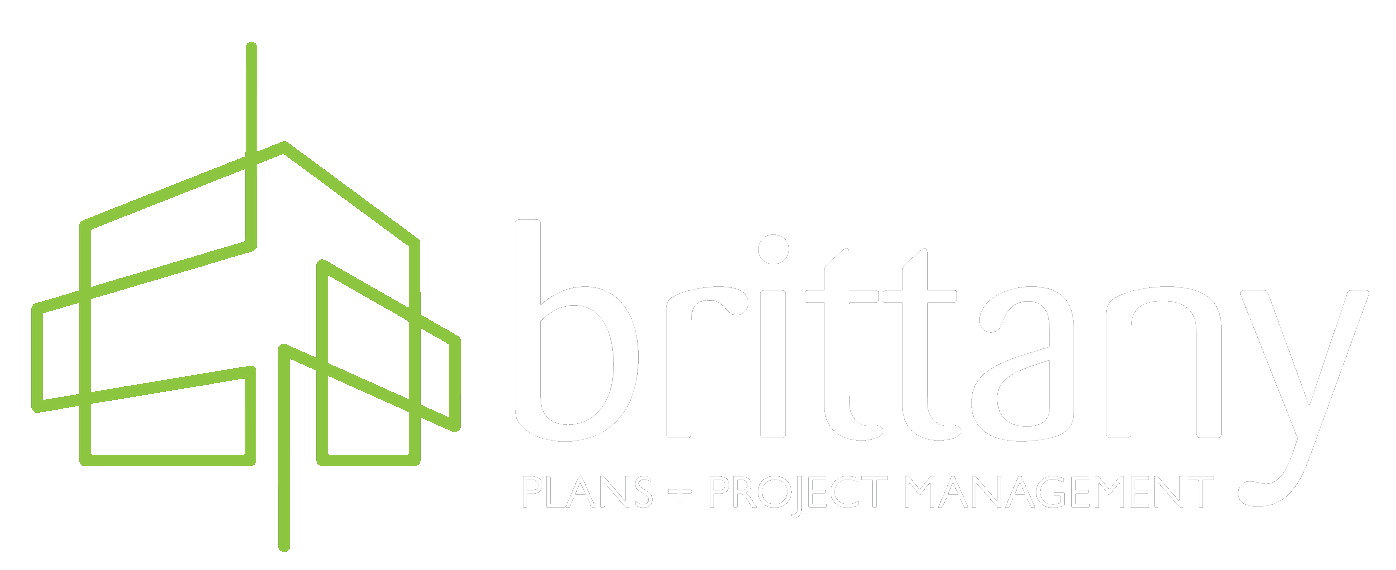Planning Process
Brittany Plans
Project Managers

Beyond this measure, the intervention of an architect for your physical permit application submission is mandatory.
The building permit impacts the success of a real estate project;
How do you obtain one?
A building permit is required for every construction, renovation, or expansion project, depending on the size and nature of the new structure. To receive it, the project owner must go through administrative procedures at the Local Maries Office. However, when it comes to more than just building a house, things become more problematic. When a project is complex or large-scale, the project leader is typically a developer or real estate agent. He surrounds himself with construction professionals to plan and build the work, such as architects, design firms, and project managers.
The project management contract includes several missions from which the client can choose. These are normally organised as follows:
- Create the summary and final preliminary project.
- Consultation, followed by company selection and purchase.
- Site coordination and monitoring
- Help with project management and work acceptance procedures.
- Filing for and receiving a building permit
Indeed, submitting the construction permit application is a mission in and of itself, with major implications for the project’s continued progress. The request must allow the administration to confirm that the construction conforms with municipal planning regulations while taking into account the project owner’s expectations.
Fill out the permit application form.
The first stage in the application is to properly fill out the “Cerfa” form. Some safeguards are necessary.
Choose the proper form:
Depending on the nature of development, a building permit application can be submitted using one of several Cerfa forms.
- Form n°13406*06: it only applies to individual dwellings intended for habitation, with possible annexes.
- Form 13409*06: it involves additional requests, such as major work projects or a planning permit.
The difference between these two forms is the amount of information asked by the second form, known as the “generic form”.
- Describe the legal status of the land.
- Although this section is optional, filling it out as precisely as possible helps to make receiving authorization easier.
- Indeed, the land may be positioned in a zone or perimeter with specified laws.
- A subdivision: This is a private development with ten years of independent regulations.
- A Concerted Development Zone: A ZAC is a public development project that deviates from the local urban planning plan (PLU).
- An Urban Land Association (AFU) joins together various landowners who want to contribute to the growth and improvement of their property.
- An Urban Partnership Project: A PUP allows a local authority to have public facilities in an area funded by private individuals with the purpose of achieving communal interest.
- An Operation of National Interest (OIN): The state retains its rights to local urbanisation while replacing the PLU.
It should also be highlighted that the project owner has the option of requesting a town planning certificate for his property before applying for a building permit. This document gives information on the local planning rules that apply on the ground, but also “freezes” them for 18 months. It should consequently be mentioned in the Cerfa.
Create a permit application file.
The permit application must be supported with images and technical papers. It is primarily at this point that the intervention of a project manager or an architect is required because it demands technical abilities, notably for the development of plans.
The necessary paperwork for all projects is:
- A location plan: to identify the appropriate urban planning zone.
- A ground plan is an aerial view that shows the floor space, existing buildings, locations, networks, and so on.
- A section plan: to see the volume of the buildings in comparison to the volume of the land.
- An explanatory note: to describe the project’s solidity, materials utilised, planned colours, and so forth.
- A facade and roof plan: to evaluate the building’s exterior appearance and height.
- A graphic insertion: to gain an understanding of the influence of building on public space.
- A snapshot of the land in its immediate surroundings: to identify any existing structures.
- A snapshot taken in a remote location to identify the neighbourhood’s-built characteristics.
If the land is in any of the above-mentioned legal situations, supporting paperwork must be submitted. Additional documentation, such as exemption requests, are required for more particular projects.
Submit the file to Local Maries Office.
Designing a project isn’t enough; you also need to be able to complete it! And to do so, you must follow the administrative procedures, which include submitting the building permit application to the town hall in proper form. Indeed, all of the ingredients must be in appropriate quantities.
- Six copies of the location, mass, and section plans
- One duplicate for all other sections.
- Four copies of the complete file.
Be sure to include the date and have the project owner sign the paper.
Everything must be placed at the town hall upon receipt or sent by registered mail with acknowledgement of receipt. The application is assigned a registration number. The two-month education period then begins.
A well-executed construction permit application guarantees that the desired planning clearance is achieved swiftly. The project manager’s assistance at this stage of the project can be essential in aligning the project owner’s preferences with the urbanisation rules that must be followed.
The permit will be implemented more efficiently, from site opening to work completion.
Conclusion:
Although the information provided within these guidelines are compiled to assist, we would always recommend to speak to your Local Maries Office, to determine any specific local requirements that will be specifically applicable to your application.
In case of any doubt or questions; your local Maries Office / Planning services are there to help you. They can provide invaluable advice and information specific to your local area.
You should ask Local Marie’s Office or its website for information on how to send your file to it via the internet.

